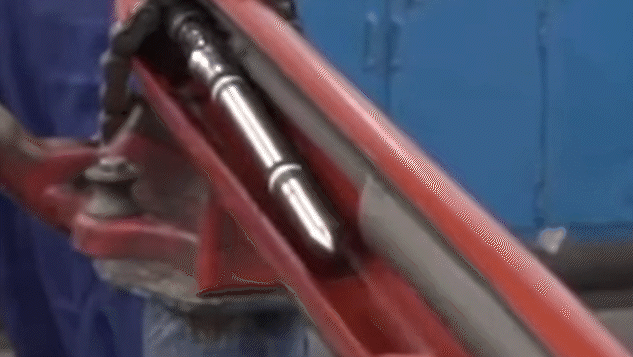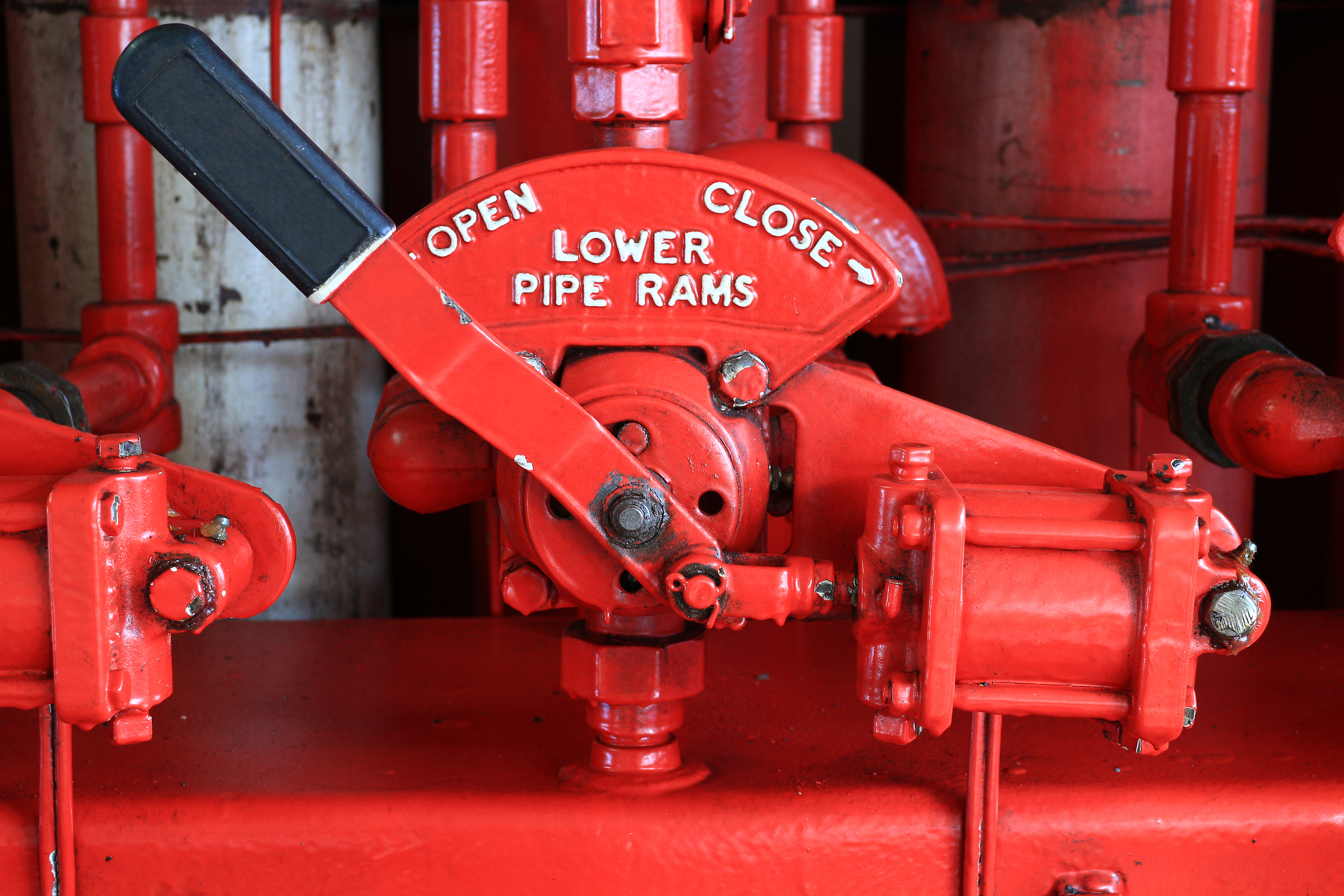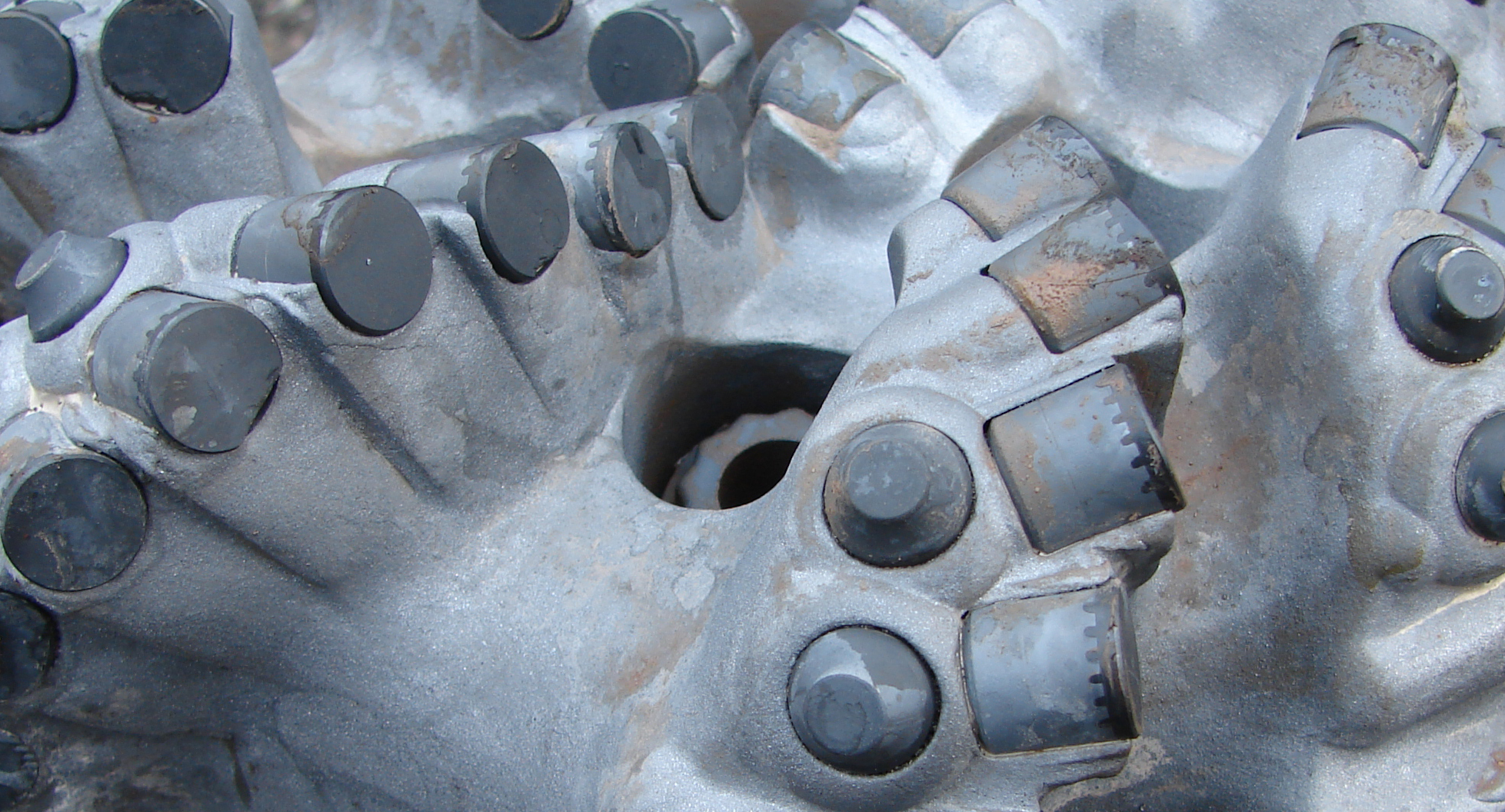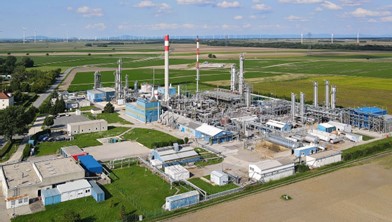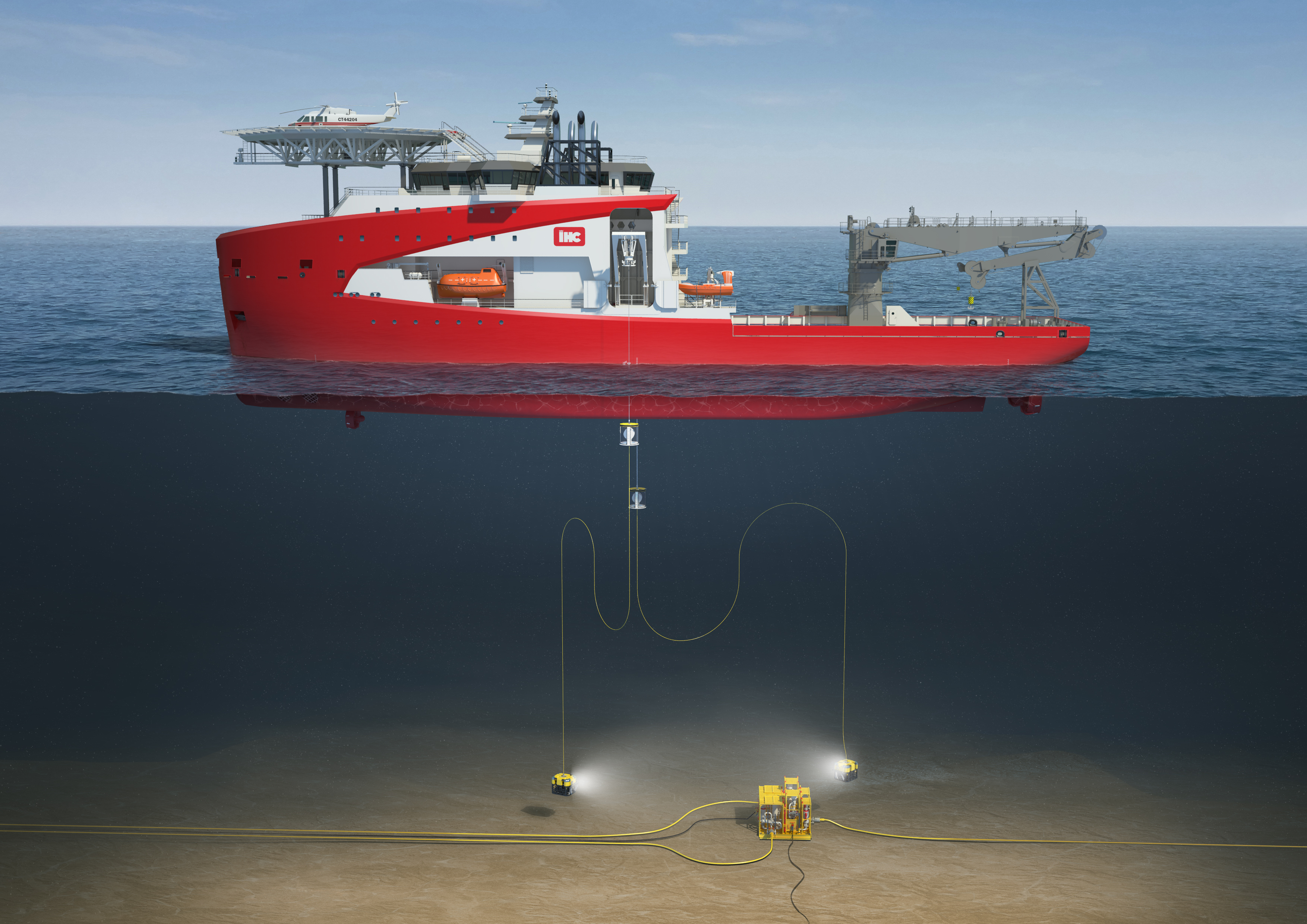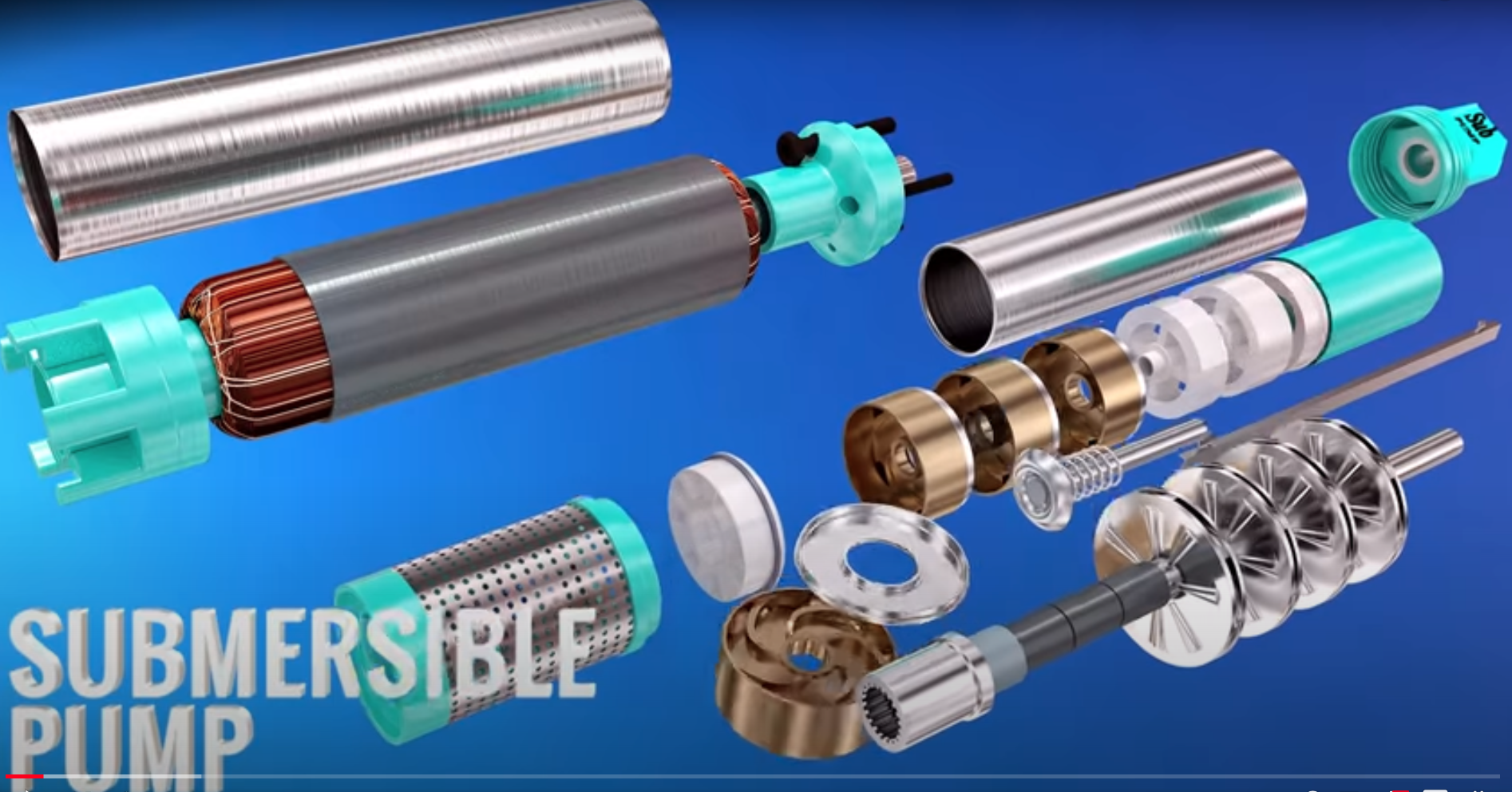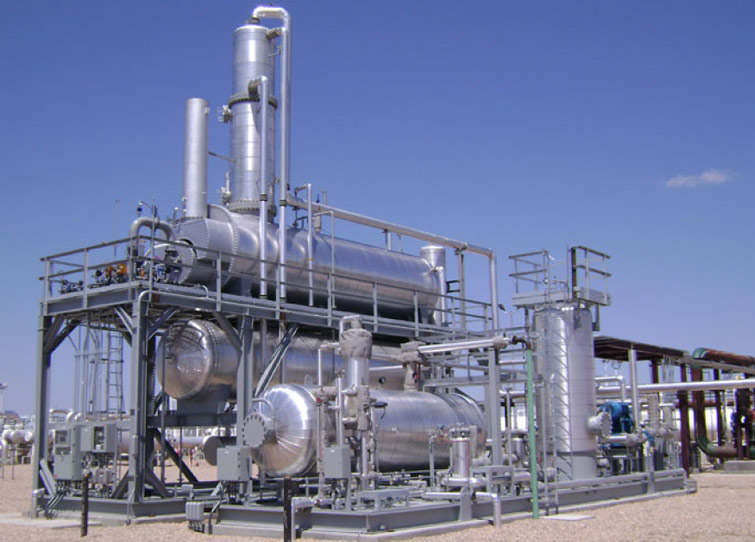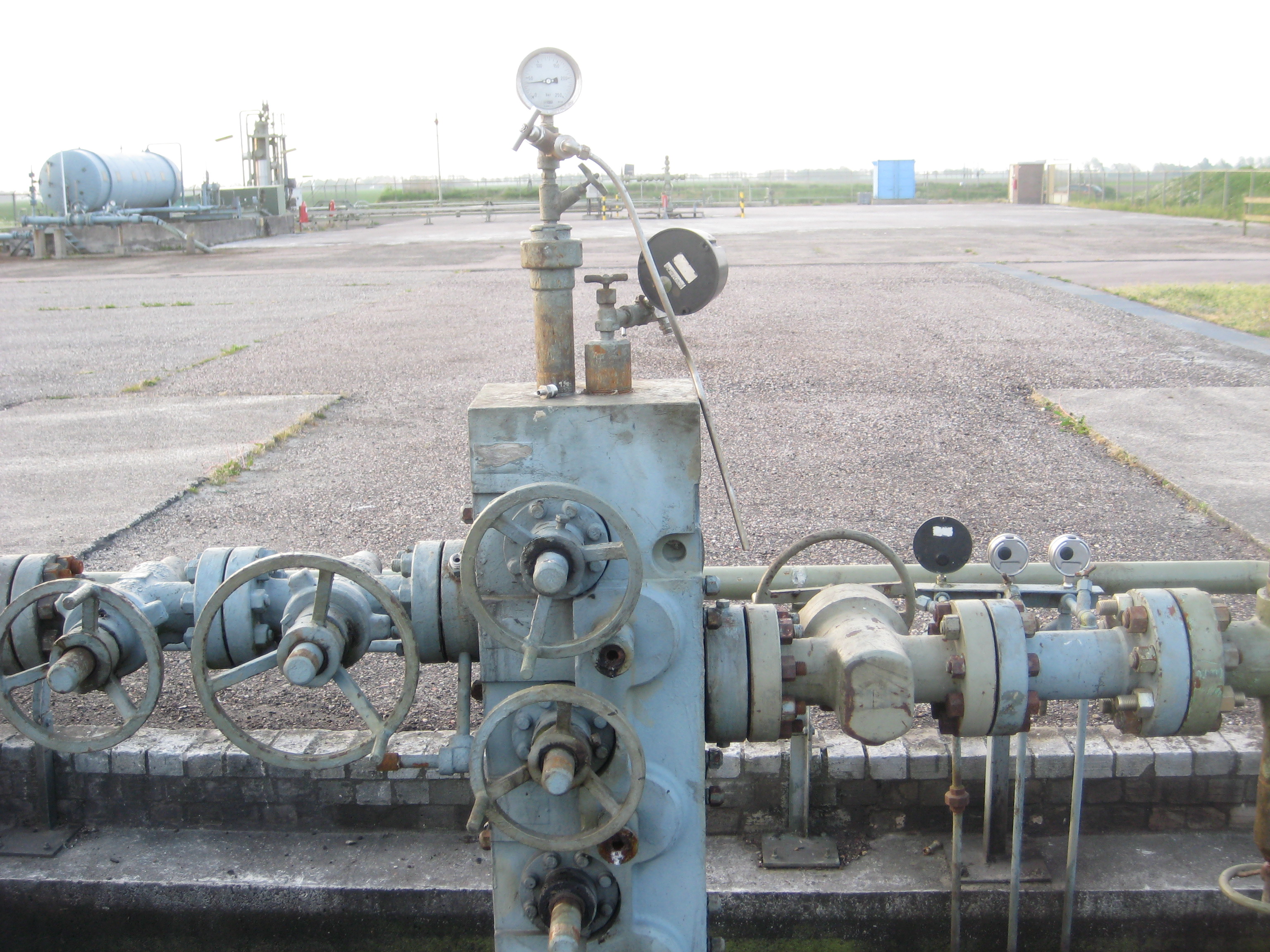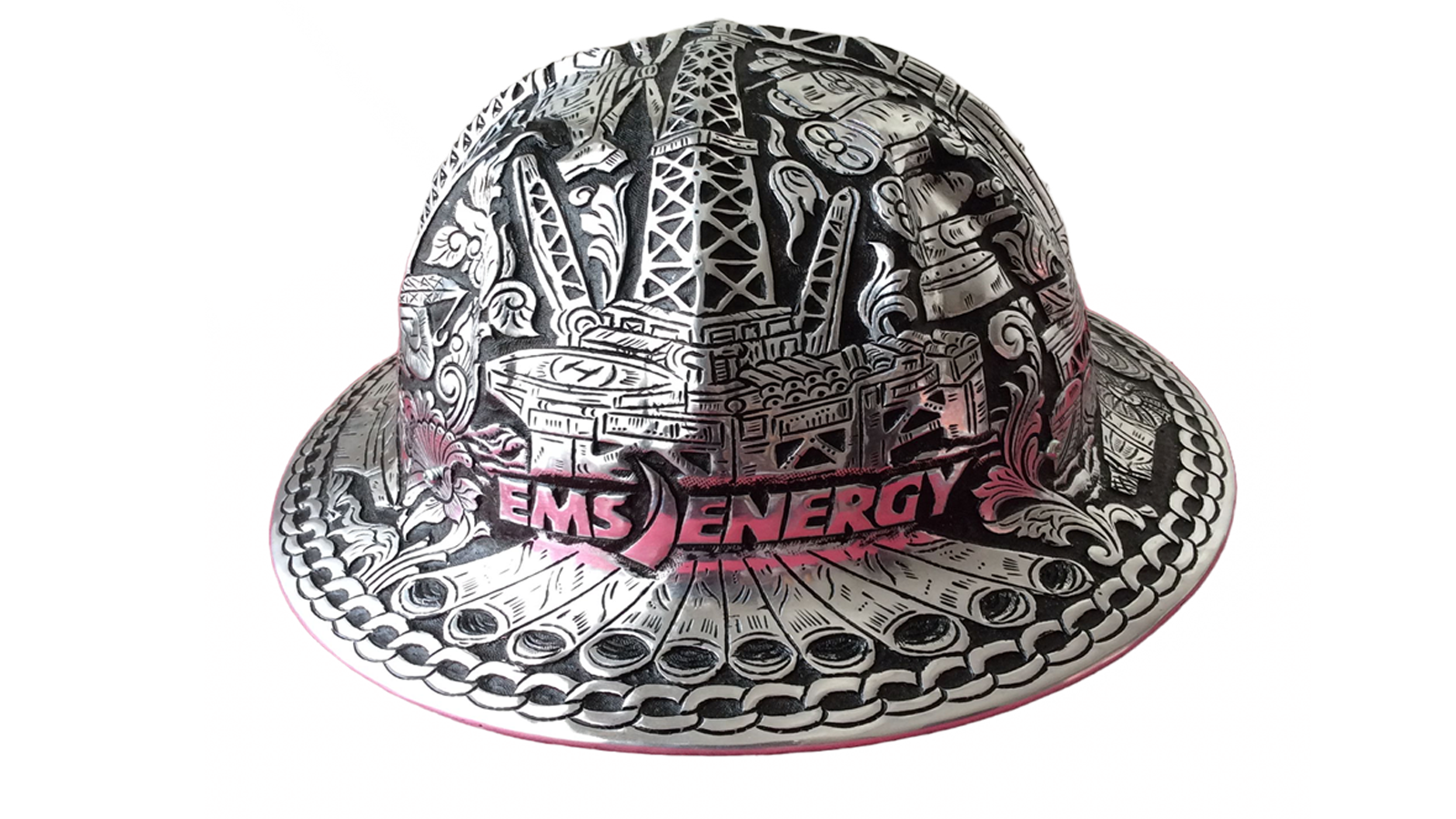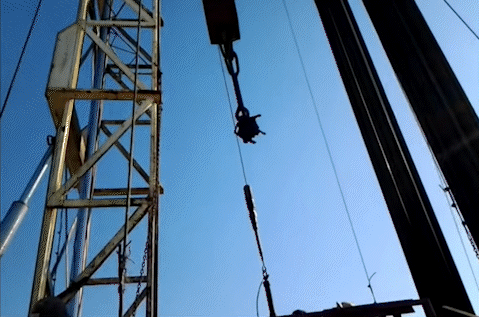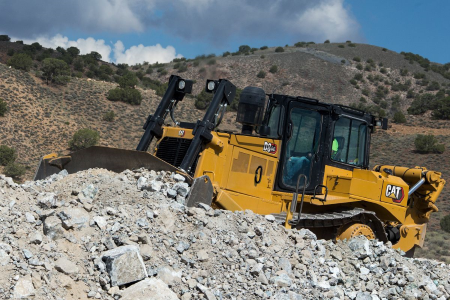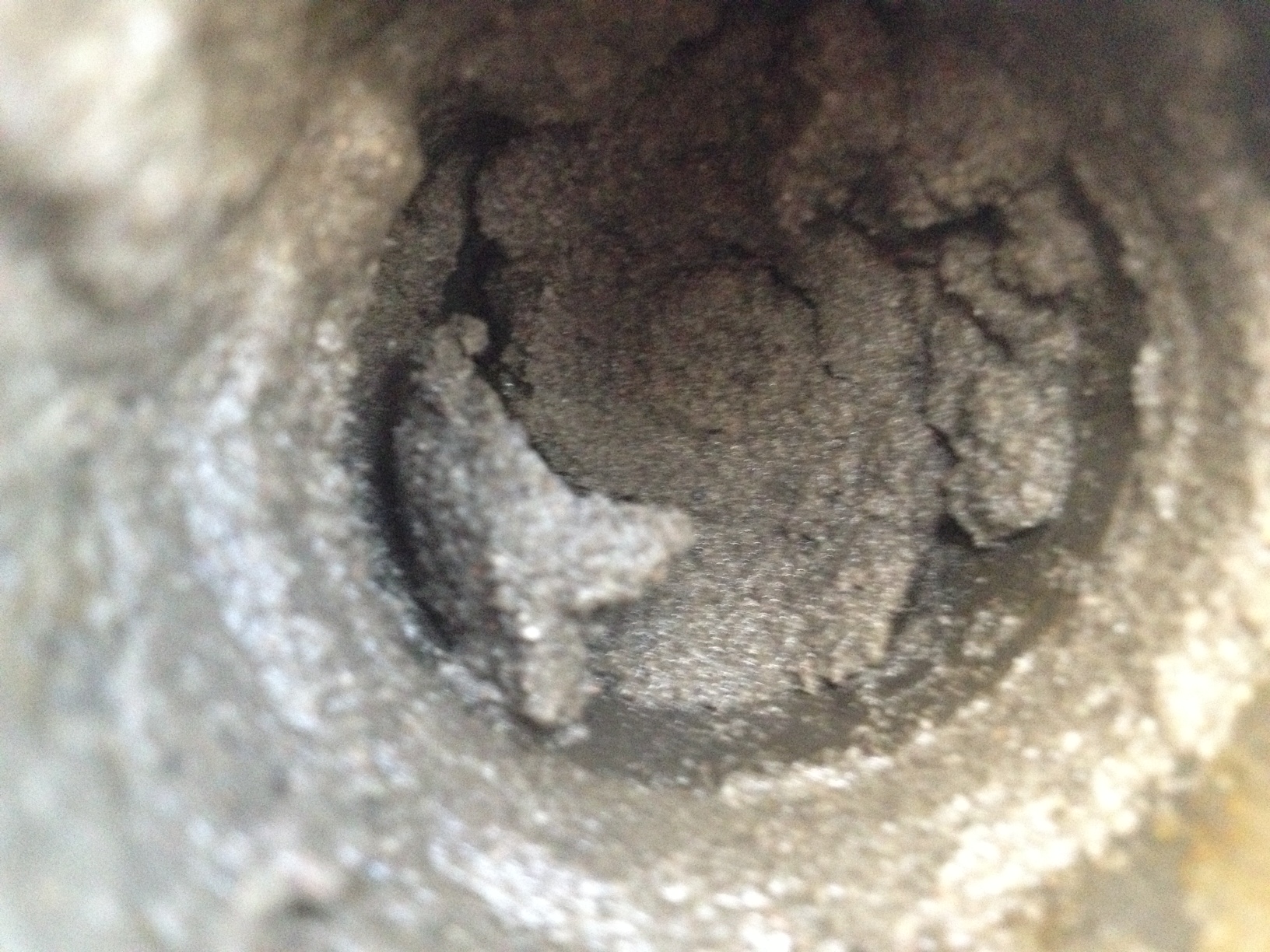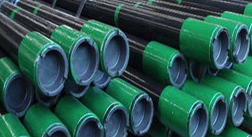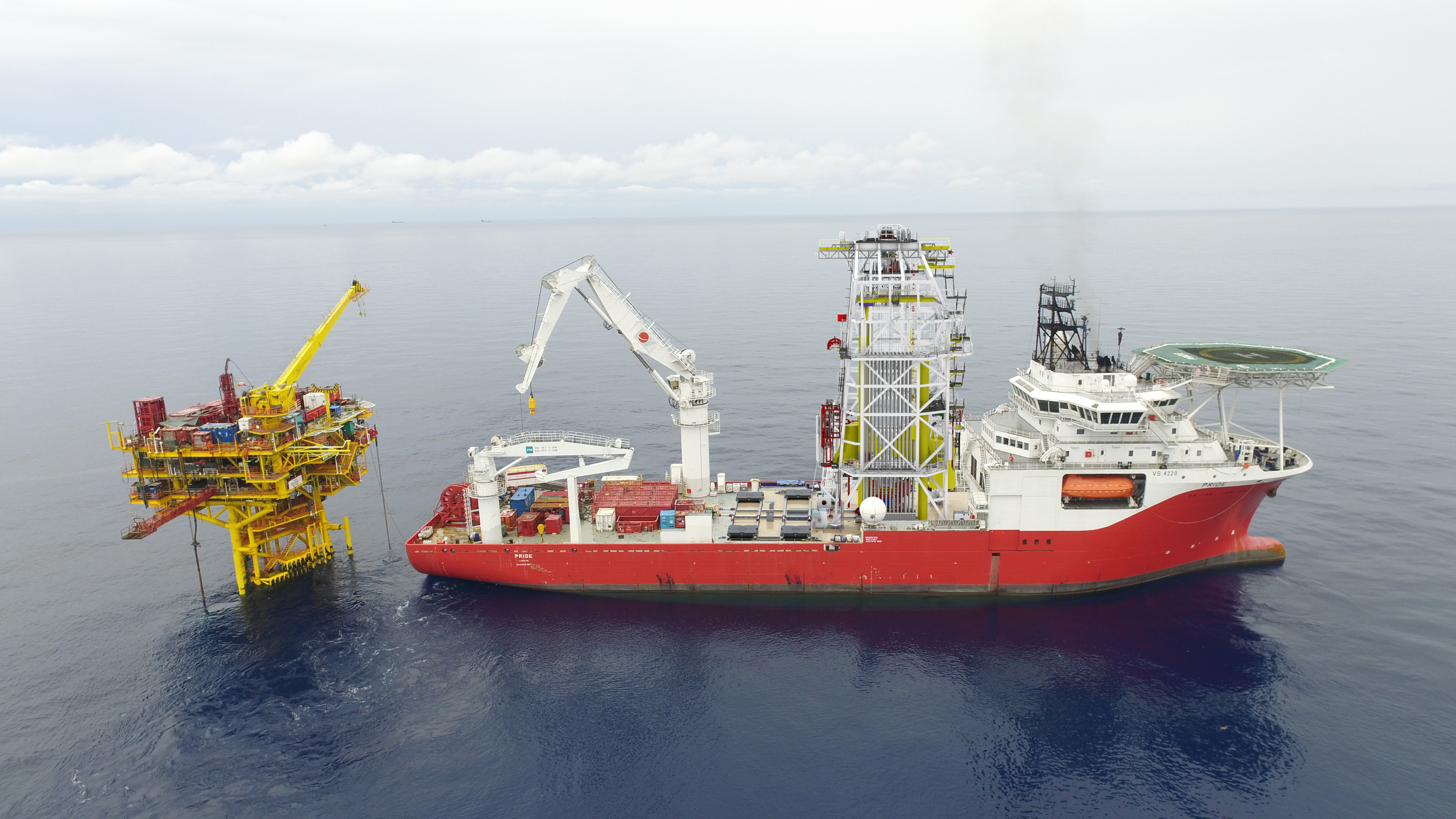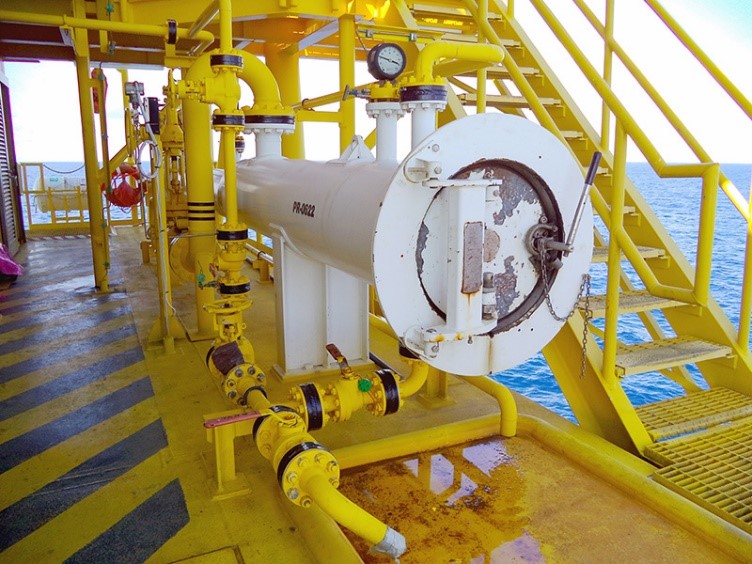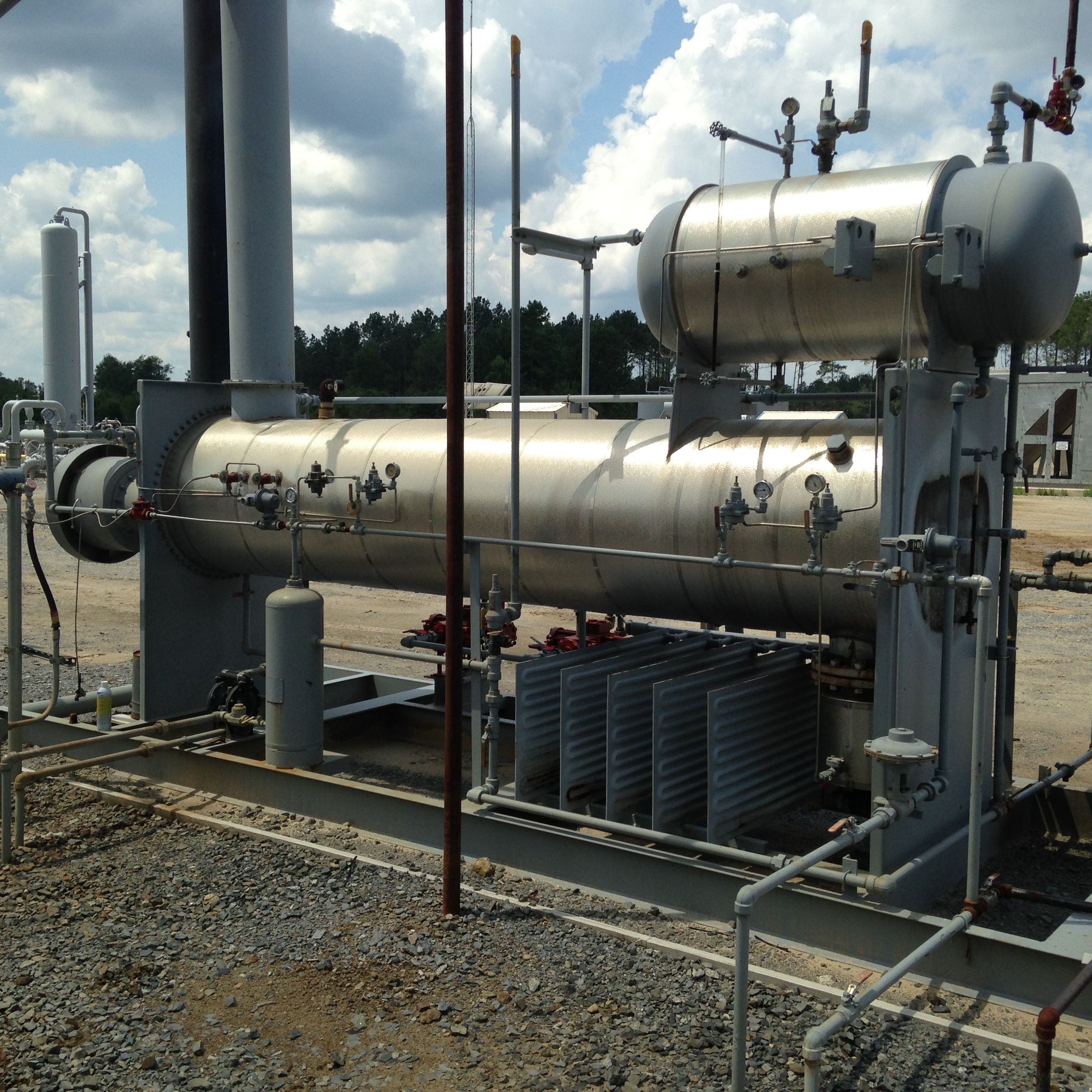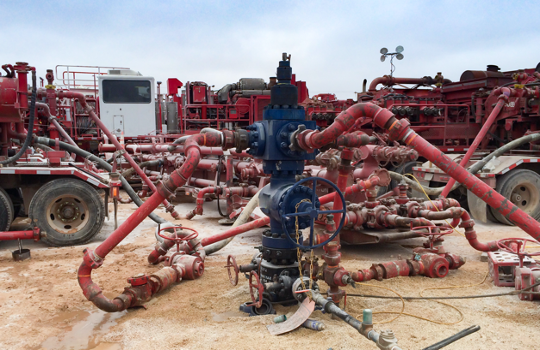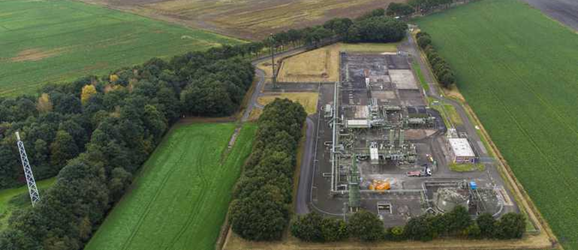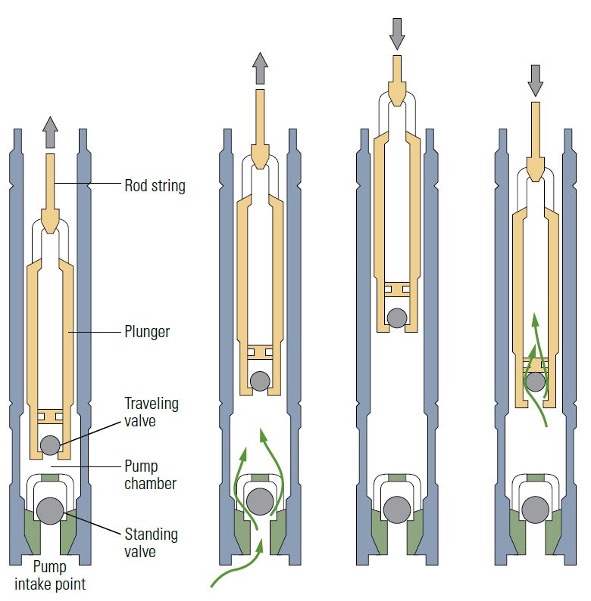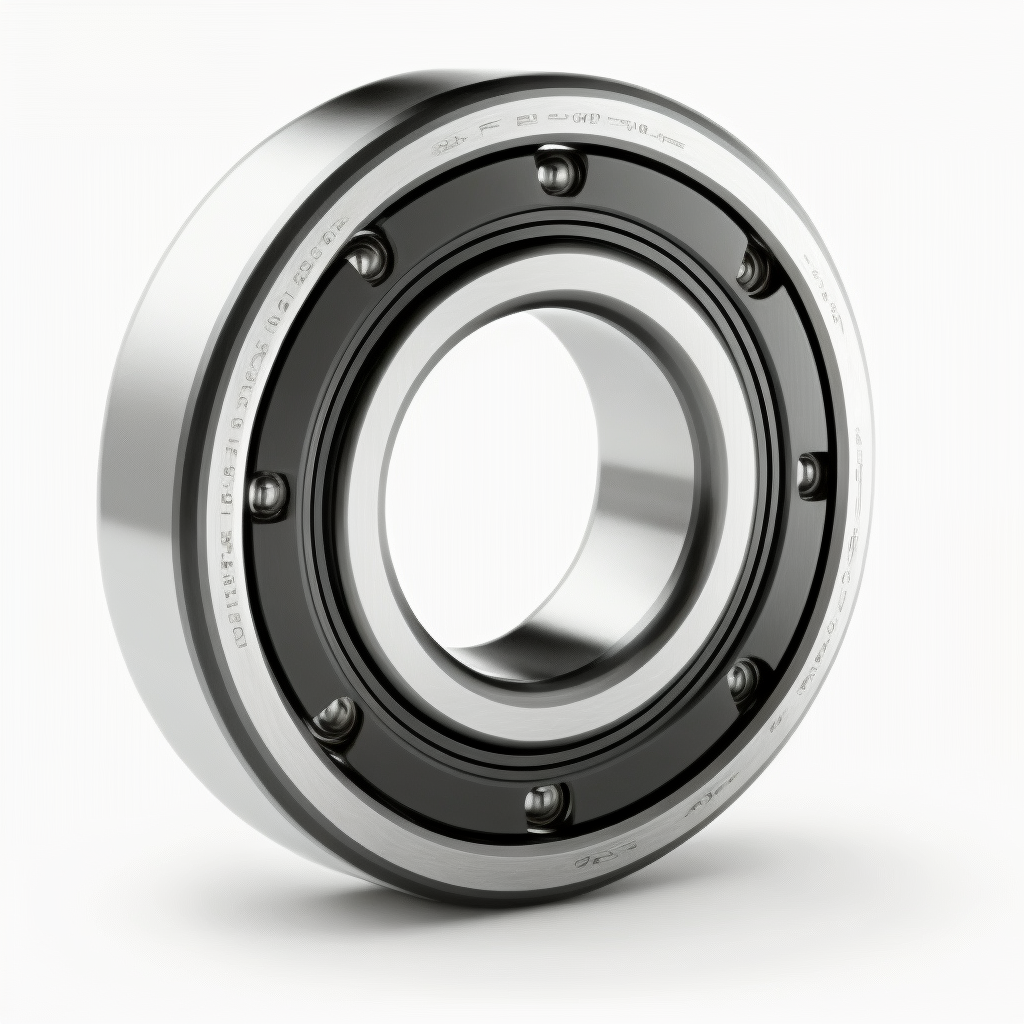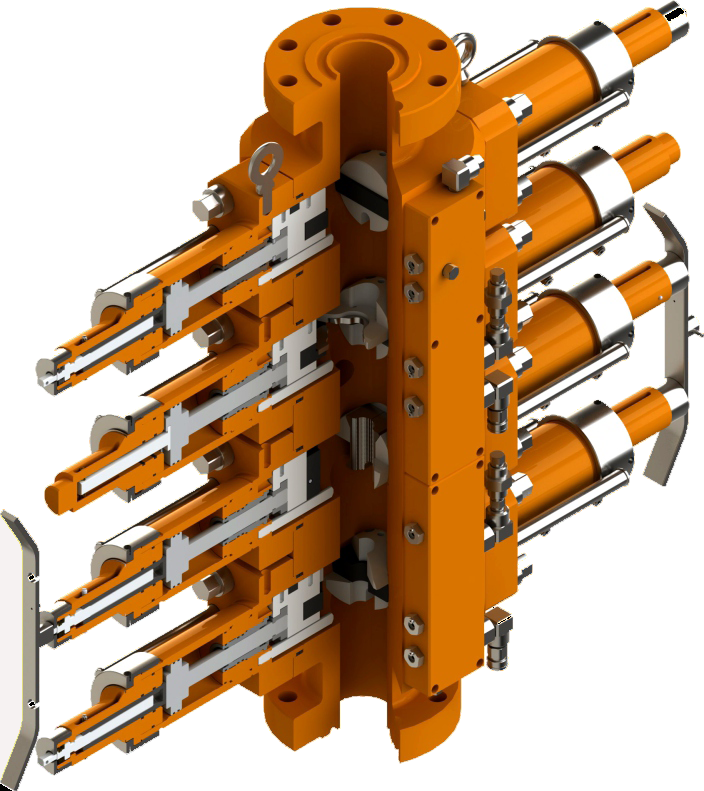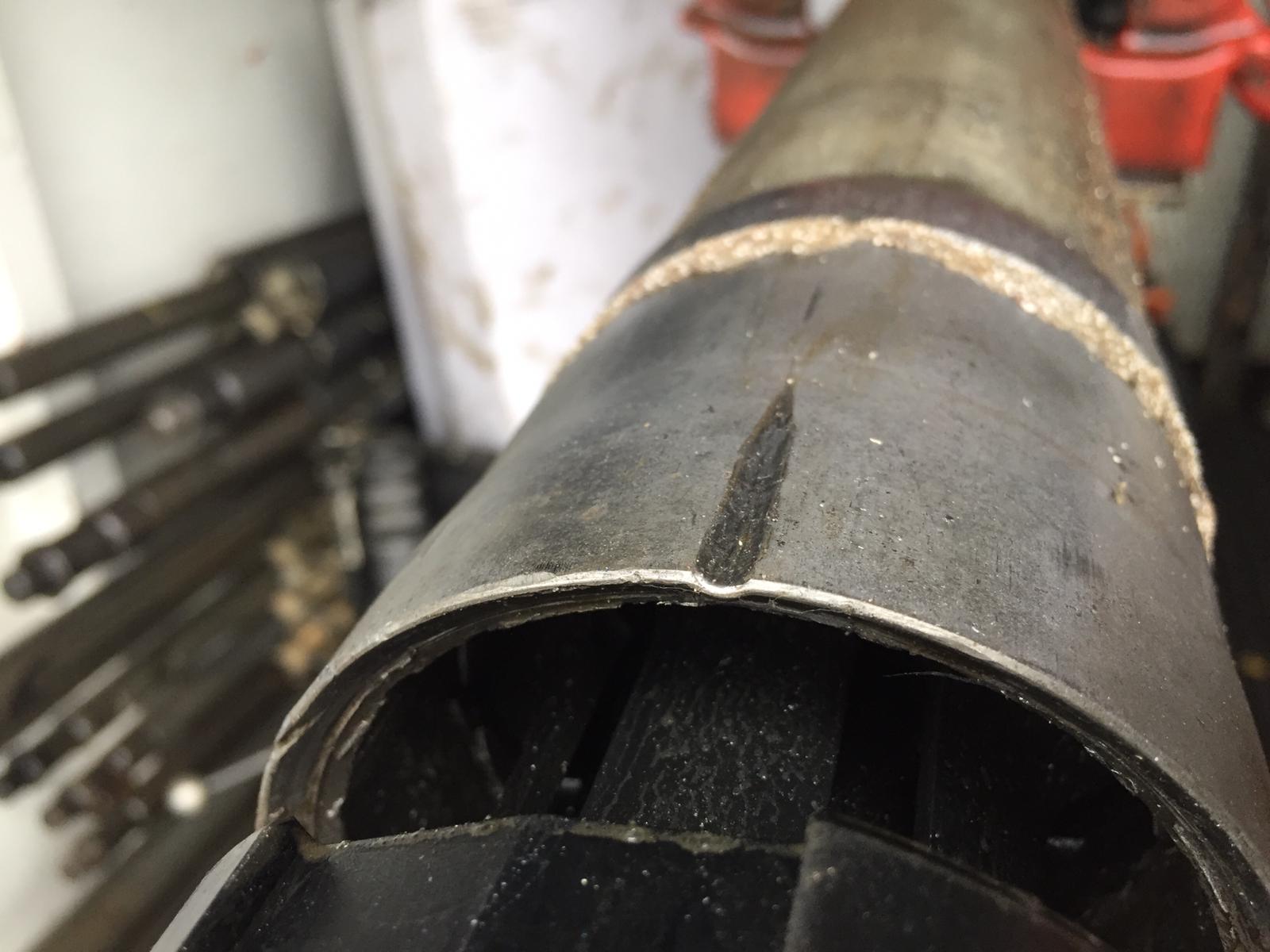The Pulling Tool that ALMOST Fit
Completions
When you are planning a wireline job no detail is too small. I had planned a job in offshore Australia where the job was fairly simple - it was just pull gas lift valve out of the completion. It was a single valve installed many years ago and I just needed to pull the valve and set a dummy. I had reviewed the well file and the only thing that stood out was the lack of activity on these wells since the wells had been drilled there had been no workovers or well interventions completed after 20 years. As with most well interventions there was limited time to prepare, and this was a fairly straight forward job. Luckily the pulling tool was locally available, as well as the slickline crew (meaning they were mostly in the same country), and equipment. We needed a large bore kickover tool but this was in stock and available so it looked like it was going to be fairly easy this time. I lined up a supervisor who used to work on the production side on the same platform, so things were coming together nicely. The oil industry is really good at adopting a technology (once it is proven) and then applying it to solve issues specific to their specific environment. However, the industry is not so fast to adopt new ways of doing things which is reasonable considering the safety and financial risks involved in the business we are in. When cost estimating the first of any type of work in an asset or area, the actuals will almost always be higher than average, but as lessons are learned and the work becomes standardized, efficiencies appear that will drive costs down and increase asset value…but, you have to start somewhere. An extreme example of this would be pulling a gas lift dummy valve – probably one of the most common activities in a platform-based oil well, however, if it has not been done on a platform, asset, company, area, before, it can be met with a healthy amount of skepticism. This was a standard operation and all the pieces were coming together. I have always enjoyed using a GANTT chart and seeing what is on the critical path when planning a project execution. No-one wants to be on the critical path, but everyone will use every possible day they can get before becoming the long lead item. On this job the critical path was the availability of the slickline unit, so there was time to look at other aspects. This gave time to have a thorough review of the program.
The Pulling Tool that ALMOST Fit
Completions
When you are planning a wireline job no detail is too small. I had planned a job in offshore Australia where the job was fairly simple - it was just pull gas lift valve out of the completion. It was a single valve installed many years ago and I just needed to pull the valve and set a dummy. I had reviewed the well file and the only thing that stood out was the lack of activity on these wells since the wells had been drilled there had been no workovers or well interventions completed after 20 years. As with most well interventions there was limited time to prepare, and this was a fairly straight forward job. Luckily the pulling tool was locally available, as well as the slickline crew (meaning they were mostly in the same country), and equipment. We needed a large bore kickover tool but this was in stock and available so it looked like it was going to be fairly easy this time. I lined up a supervisor who used to work on the production side on the same platform, so things were coming together nicely. The oil industry is really good at adopting a technology (once it is proven) and then applying it to solve issues specific to their specific environment. However, the industry is not so fast to adopt new ways of doing things which is reasonable considering the safety and financial risks involved in the business we are in. When cost estimating the first of any type of work in an asset or area, the actuals will almost always be higher than average, but as lessons are learned and the work becomes standardized, efficiencies appear that will drive costs down and increase asset value…but, you have to start somewhere. An extreme example of this would be pulling a gas lift dummy valve – probably one of the most common activities in a platform-based oil well, however, if it has not been done on a platform, asset, company, area, before, it can be met with a healthy amount of skepticism. This was a standard operation and all the pieces were coming together. I have always enjoyed using a GANTT chart and seeing what is on the critical path when planning a project execution. No-one wants to be on the critical path, but everyone will use every possible day they can get before becoming the long lead item. On this job the critical path was the availability of the slickline unit, so there was time to look at other aspects. This gave time to have a thorough review of the program.



